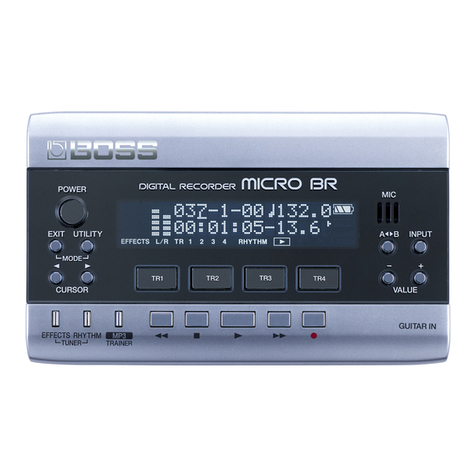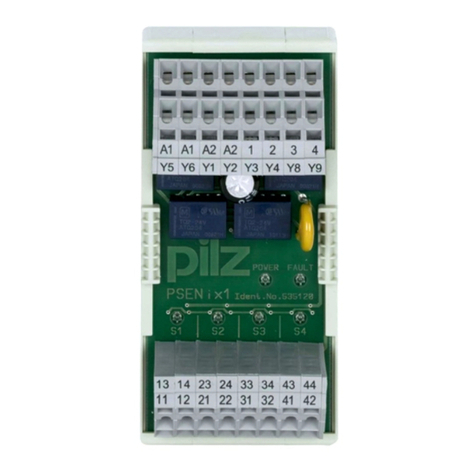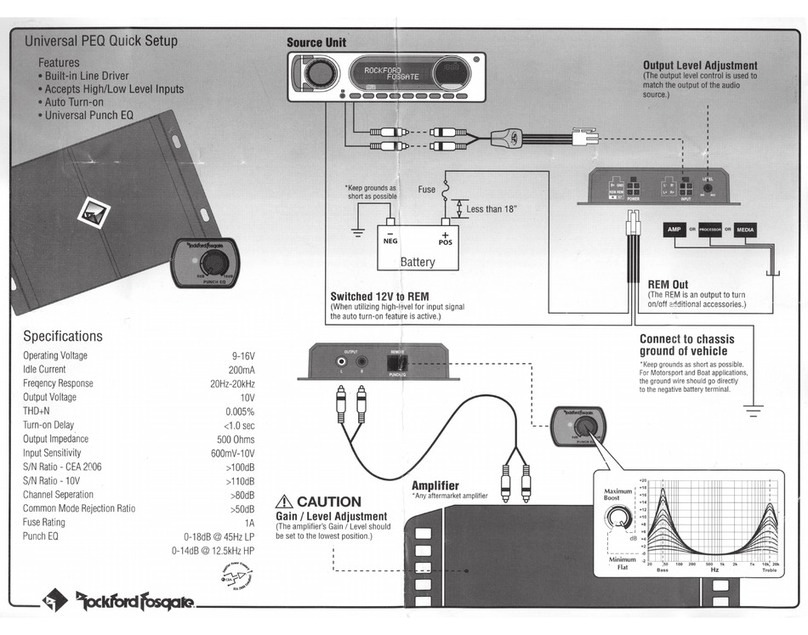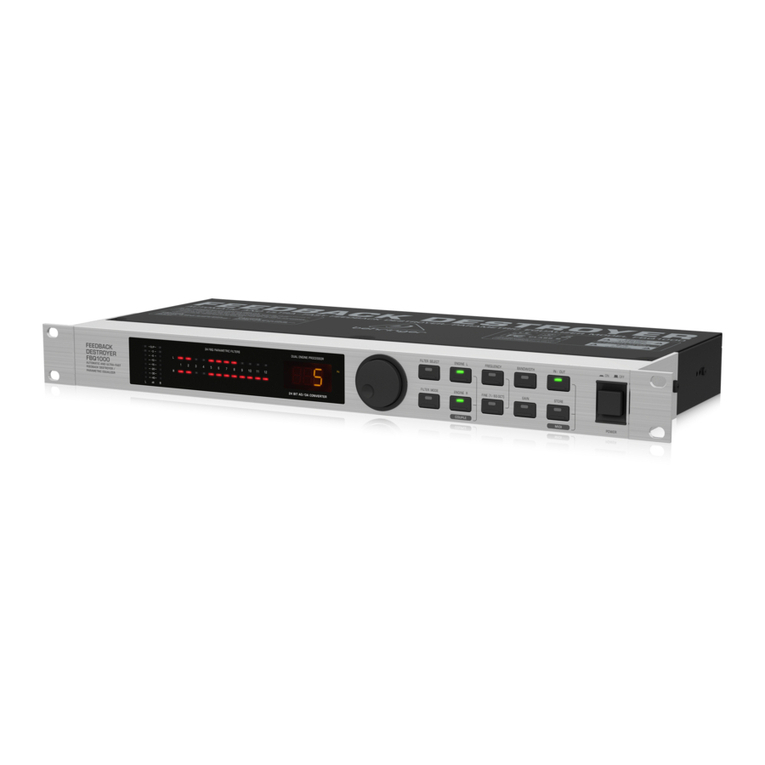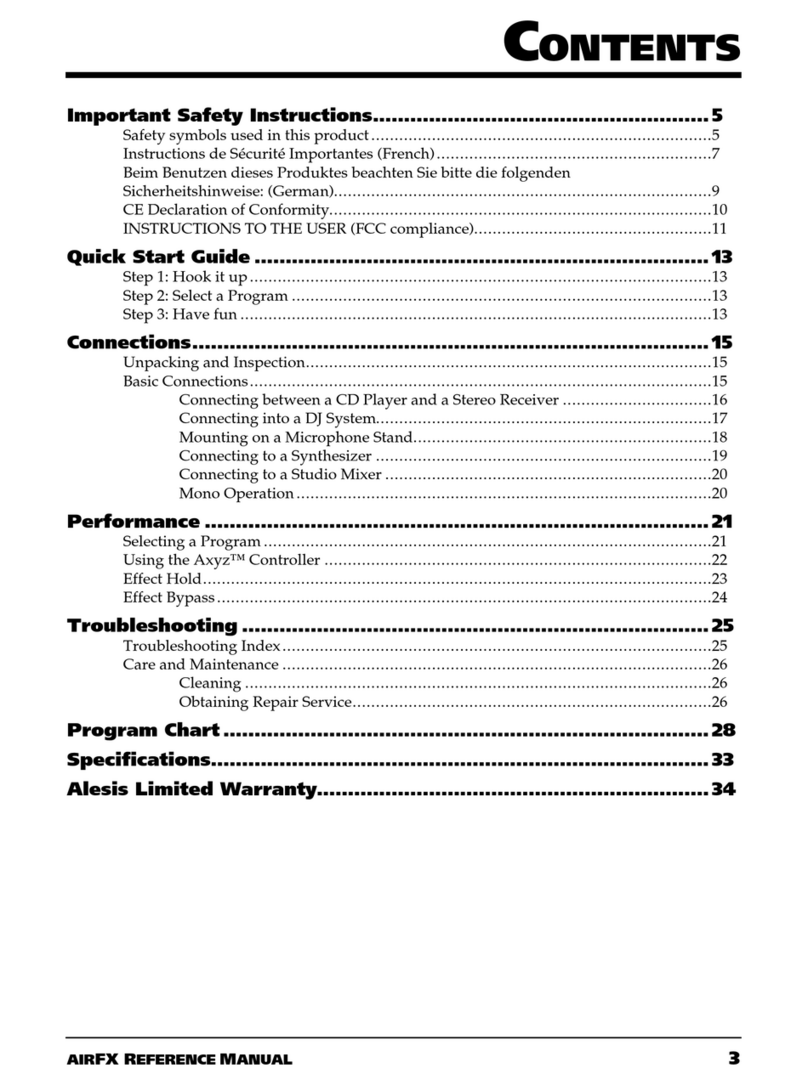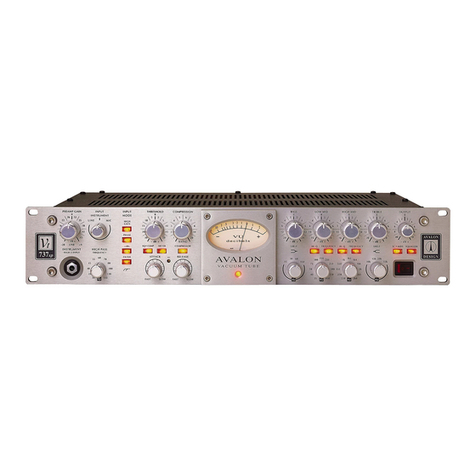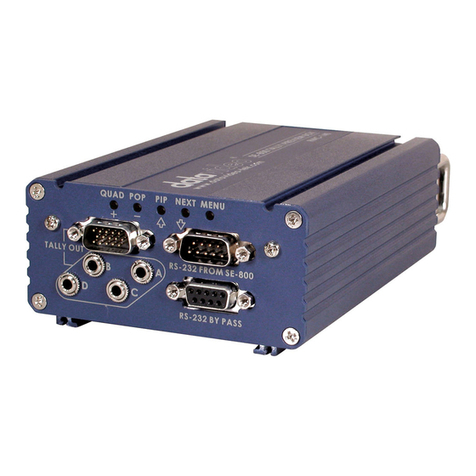HDT HDSSAG20DN User manual

HDSSAG20DN Satellite Selector for
DISH Network
The High Definition 20dB Adjustable Gain Satellite Selector for DISH Network
(HDSSAG20DN) is a combination of four power inserters, a 20dB adjustable gain
amplifier, and independent power supply that ensures strong and consistent DC voltage
levels to Dish Pro and Dish Pro Plus LNBs while also adding signal strength to the
system. Capable of selecting and amplifying all transponder signals from any of the
DISH Network satellites, the Satellite Selector can be used in residential, commercial,
and SMATV systems where long cable runs exist between the dish antenna, system
multi-switches, and television receivers.
Satellite Selector Features
* Professional-Grade Quality
* Frequency range of 950 MHz to 2150 MHz
* Input Power Range of -20dBm to -75dBm
* Adjustable gain of -5dB to 20dB on each of 4 channels
* Integrated voltage regulators
* External 18VDC Power Supply included
* Operating temperature of -40°C to +85°C
* Mechanical dimensions are 6.4”W x 4.4”L x 1.5”H

General Instructions
Caution: Ensure all cables and connectors have no short circuits. Make all cable connections
before energizing the power supply connection or damage to the unit could occur.
1. Use High Definition RG-6 coaxial cable for all connections.
2. Termination of the Satellite Selector’s input and output ports is not required on unused
channels.
3. Each of the four Satellite Selector channels has a 20-turn potentiometer for precise gain
control. Adjusting the tuning screw clockwise will increase the gain, counter-clockwise
will reduce the gain. The gain adjustment will change more slowly at the lower end.
The four potentiometers have no stop on either end as this is a built-in safety feature to
prevent them from breaking.
4. Proper output signal should be checked with a meter to prevent overdriving any of the
system’s four channels.
5. Check our website at www.hdtvlabs.tv for the latest instruction manual updates. This is
HDSSAG20DN Rev. 1.2.

Multi-Switch Connection Diagram
Although the Satellite Selector may have input
ports designating particular LNBs as a guide,
any of the four input ports can be connected to
single or multiple dish outputs in order to
receive the desired satellite signals.
Care must be taken, however, to ensure that
the desired satellite signal connected to an
input port of the Satellite Selector is also
connected to the corresponding output port of
the Satellite Selector as shown in the
Connection Diagram. Each output port
connection can then be routed to the
corresponding multi-switch input connection
for that satellite signal.
Connect the external power supply to the
Satellite Selector “18VDC IN” jack.

Upconverter / Multiplexer Connection Diagram
Although the Satellite Selector may have input
ports designating particular LNBs as a guide,
any of the four input ports can be connected to
single or multiple dish outputs in order to
receive the desired satellite signals.
Care must be taken, however, to ensure that
the desired satellite signal connected to an
input port of the Satellite Selector is also
connected to the corresponding output port of
the Satellite Selector as shown in the
Connection Diagram. Route the corresponding
satellite signals from the output ports of the
Satellite Selector to the labeled input
connections of the Upconverter / Multiplexer.
Connect the external power supply to the
Satellite Selector “18VDC IN” jack.

Model HDSSAG20DN
High Definition 20dB Adjustable Gain Satellite/Transponder Selector
Description
The HDSSAG20DN is a Professional-Grade 4-channel adjustable gain satellite/transponder selector
designed to work with DISH Network dish antennas. The HDSSAG20DN selects and amplifies transponder
signals from satellites 110 , 118.7 , 119 , and 129 . Each channel has an adjustable gain of –5dB to 20dB
and covers a frequency range of 950MHz to 2150MHz. The amplifier is designed to recover low-level
signals that may be well below the threshold of most satellite power meters. The HDSSAG20DN is used in
conjunction with residential, stacked, multiswitch, and head-end systems. MADE IN USA
Features:
Wide signal dynamic range capability
Ultra-low level signal recovery
Integrated voltage regulators
Corrosion-resistant connectors
Rugged aluminum construction
Specification Minimum Typical Maximum
Frequency………………………………………………… 950MHz 2150MHz
Noise Figure………………………………………………. 3.5dB
Absolute Maximum Total Input Power1………………….. 0dBm
Input Power Range……..…………………………………. -75dBm2-20dBm3
Individual Transponder Maximum Output Power………... 0dBm
Gain at maximum setting
at 950MHz……………………………………. 19.0dB 20.0dB 21.0dB
at 1450MHz…………………………………... 19.0dB 20.0dB 21.0dB
at 1650MHz..…………………………………. 19.0dB 20.0dB 21.0dB
at 2150MHz…………………………………... 18.0dB 19.0dB 20.0dB
Channel-to-Channel Isolation4……………………………. 45dB

Specification Minimum Typical Maximum
Input Return Loss
at 950MHz……………………………………. 25dB
at 1450MHz…………………………………... 20dB
at 1650MHz…………………………………... 28dB
at 2150MHz…………………………………... 14dB
Output Return Loss
at 950MHz……………………………………. 18dB
at 1450MHz………………………….………. 18dB
at 1650MHz…………………………………... 15dB
at 2150MHz…………………………………... 11dB
1dB Input Gain Compression Point5
at 950MHz…………………………………….. -3dBm
at 1450MHz…….…………………………….. -3dBm
at 1650MHz…………………………………… -4dBm
at 2150MHz………..………………………….. -4dBm
Input Signal Power for 3rd Order Intermod Rejection Ratio of 40dB6
at 950MHz…………………………………….. -13dBm
at 1450MHz……………….………………….. -13dBm
at 1650MHz…………………………………… -14dBm
at 2150MHz………..………………………….. -15dBm
DC Supply Voltage………………………………………... 18.0VDC 20.0VDC
DC Supply Current………………………………………… 1.0A 1.5A
Transponder LNB Voltage………………….……………... 17.0VDC 18.00VDC 20.0VDC
For Indoor Use Only. The HDSSAG20DN is supplied with an external 18VDC power supply. Operating
temperature of the HDSSAG20DN is –40 C to +85 C. The mechanical dimensions are 6.4”W 4.4”L 1.5”H.
(Specifications subject to change without notice.)
Notes:
1. Absolute Maximum Power is the total power that arrives at the amplifier input from 950MHz to 2150MHz. Satellite power meters
typically read the power level of a single transponder at a time. If all transponders are active from 950MHz to 2150MHz and the power of
all transponders are equal, then total available input power across the 950MHz to 2150MHz bandwidth is approximated by taking the
satellite power meter reading at 1450MHz and adding 20dB. Make sure not to exceed -15dBm as measured with a satellite power meter.
2. The –75dBm level assumes that the overall system noise figure is not too high such that the carrier-to-noise ratio of the satellite signal has
not been degraded such that signal recovery is not possible. Signal levels lower than –75dBm can be recovered with properly designed
systems having over-all low system noise figures. Low noise figure systems are achieved by avoiding the addition of too many attenuators
or too much loss in front of an amplifier block. It is always better to add loss after an amplifier to minimize system noise figure as long as
the signal at the amplifier input does not over-drive that amplifier.
3. Assumes maximum power levels as measured with a satellite power meter and all transponder signals active from 950MHz to 2150MHz.
(See note 1) If transponder power levels are equal, limit the maximum power to –20Bm at all frequencies. An easy method to determine if
the amplifier is being over-driven is to connect a satellite power meter to the output of the amplifier and check C/N, BER, and IRD
performance. If acceptable transponder power levels are measured but low C/N values, high BER values, and low IRD levels are
measured, reduce the input level into the amplifier until good C/N, BER, and IRD results are measured.
4. Channel-to-Channel Isolation is measured referenced to the output of each amplifier. Channel-to-Channel Isolation has a typical value of
35dB at 2150MHz.
5. Measured using a single CW signal. No transponder signals present.
6. Measured using two CW signals with 1MHz spacing. No transponder signals present.
Copyright © 2010 HDTV Labs, All Rights Reserved. HDSSAG20DN Manual Version: Rev. 1.2
Table of contents
Other HDT Recording Equipment manuals
Popular Recording Equipment manuals by other brands

Altinex
Altinex MULTI-TASKER MT103-127 user guide
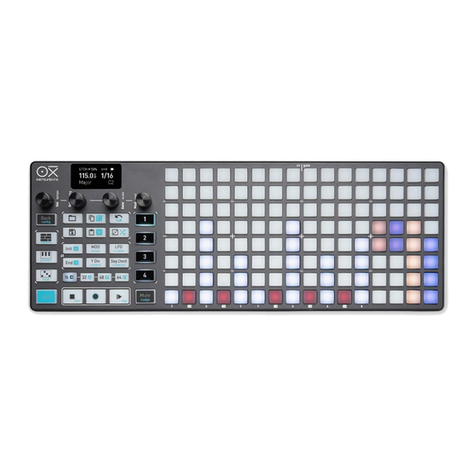
OXI ELECTRONIC INSTRUMENTS
OXI ELECTRONIC INSTRUMENTS One user guide

WavestoreUSA
WavestoreUSA Wavestore Installer quick start guide
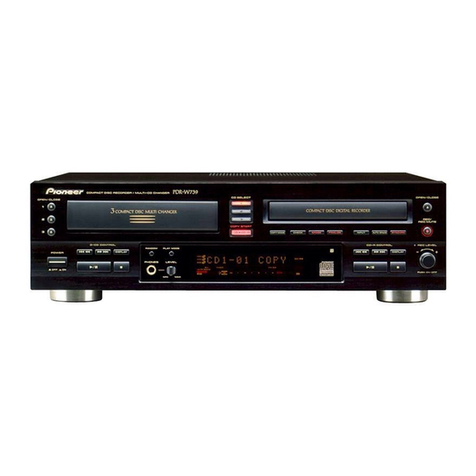
Pioneer
Pioneer PDR-W739 operating instructions
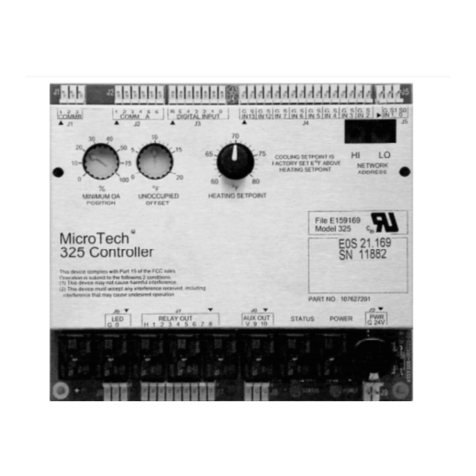
Microtech
Microtech 325 Installation & maintenance data
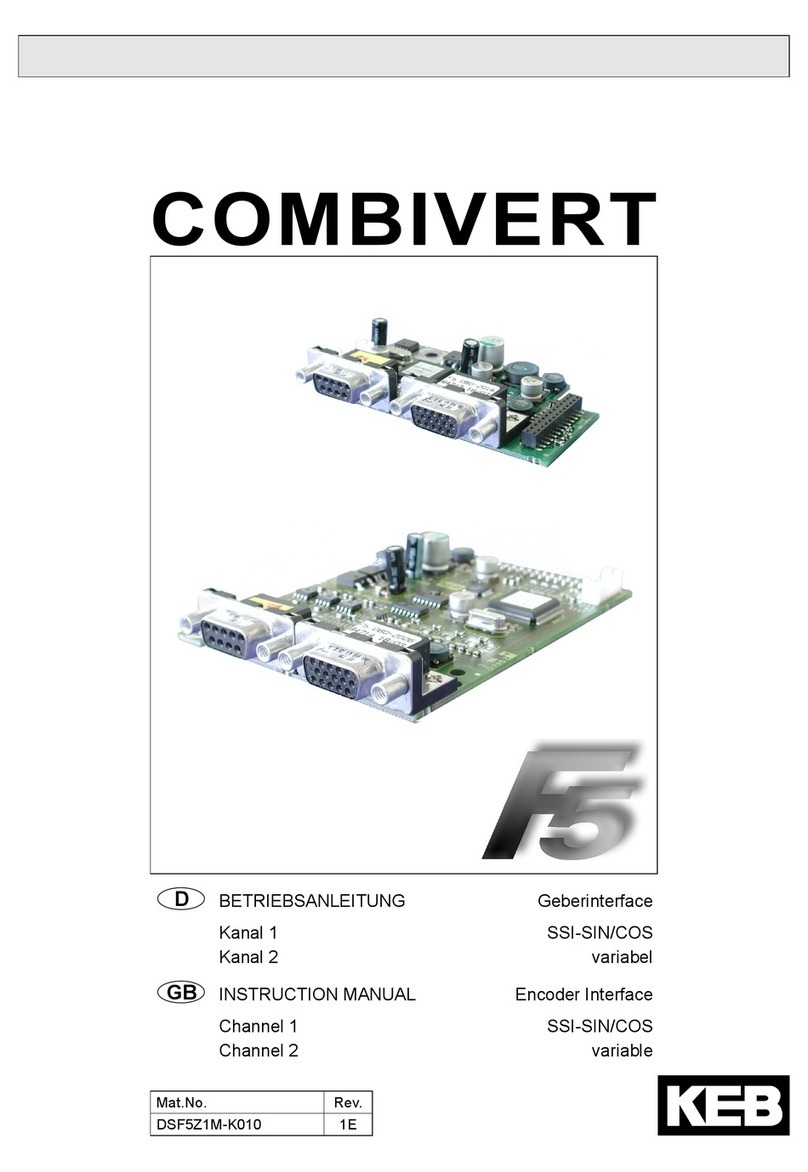
KEBCO
KEBCO COMBIVERT F5 instruction manual


